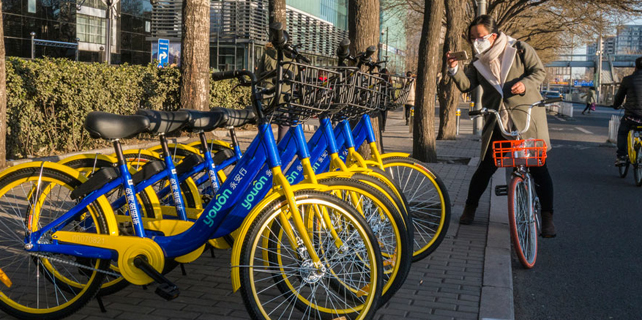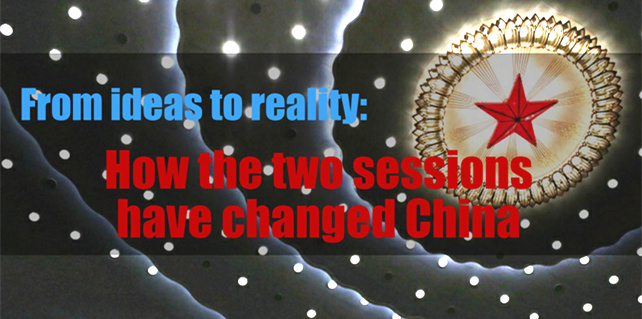Q&A: How and why is China carrying out reform of the gaokao?
Editor's note: During the annual sessions, China Daily collects questions foreign netizens care most about and solicit answers from experts, CPPCC National Committee members and NPC deputies.
How and why is China carrying out reform of the gaokao, the National College Entrance Exam?
 |
|
Zhong Binglin, CPPCC National Committee member and president of the Chinese Society of Education [Photo/China Daily] |
The reform is based on two priorities: giving students more choices, and giving universities more power to select prospective students that meet their requirements.
It has three goals: improving fairness in education and creating equal opportunities to enter prestigious universities; allowing different universities to select the "right" students; and guiding reform in basic education that will foster the rounded development of students.
The reason that the reform is being carried out is that the current exam does not reflect the changing reality. The gaokao used to select a small number of elites to enter the higher education system. In 1977, the first year it resumed after being suspended during the "cultural revolution" (1966-76), less than 5 percent of the 5.7 million candidates were accepted by colleges. By 2020, the gross enrollment rate for universities will hit 50 percent, according to the government's plan. Since it is easier to enter a university now, universities of different levels and types should target students with different talents. It is neither fair nor scientific to select different students using the same test.
Furthermore, great progress has been made in China's system of basic education, meaning the current gaokao cannot make a comprehensive evaluation of students' performance.
The other reason to carry out the reform is because the test's credibility has come under attack due to some people misusing its preferential policies. For instance, in the past, students who excelled in arts or sports but had lower test scores were allowed to enter university, as it increased diversity on campus. However, in some cases, this policy was manipulated to allow students who had no such talent to enter university despite having poor scores.
It takes time to evaluate any reform and the Ministry of Education is paying great attention to this. It will eventually be evaluated by a variety of different stakeholders. If universities, high schools, middle schools, parents and students are all satisfied, then it should be a success.
- Chinese classics listed into gaokao test range
- Society: Classics included in gaokao reference books
- Six Chinese teachers jailed for gaokao cheating
- Gaokao is gaining respect in the West
- Portraits of champs cracking gaokao exams
- Can you crack gaokao? Go on, give it a shot
- Gaokao reveals unhealthy college contest









